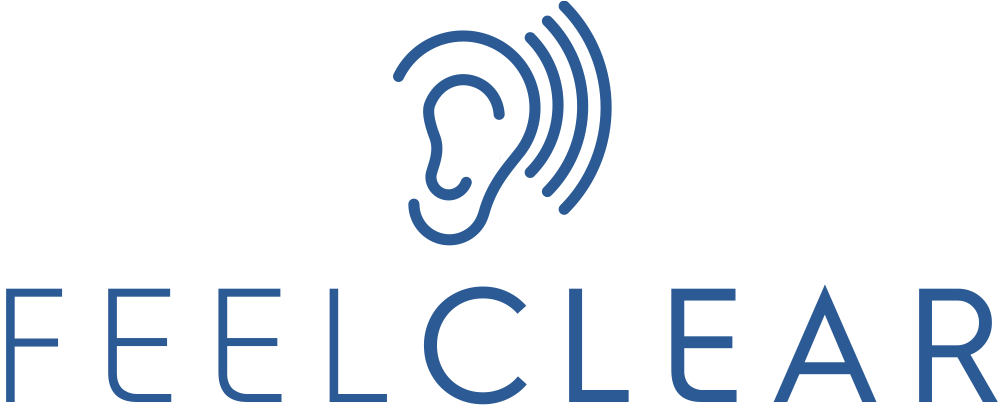What to expect with a new hearing aid (and why it won’t work straight away).
Did you know that hearing aids aren’t an instantaneous fix? That they don’t instantly fix your hearing loss as soon as they’re turned on? Not many people do!
The fact is, whilst hearing aids are absolutely life-changing for many people, their full effect can take a while to kick in. Your brain has taken its time to adapt to your hearing loss, now it needs to re-learn to interpret the signals from your hearing aid, and the hearing aid needs to gather data about the environments you experience so it can adapt accordingly.
What should you expect with your new hearing aid?
When you have a new hearing aid fitted it can be quite an unusual experience at first. After being used to the reduced range of sounds accessible to you before, this range suddenly increases and the kind of noise you can hear changes.
This is often experienced as echoing or sharp noises, which can be unpleasant or uncomfortable. It’s really important to not be disheartened if this happens for you though as it won’t last and there are things your audiologist can do to help reduce them in the meantime.
This period of getting used to your new hearing aid and waiting for the full benefit to emerge is called acclimatisation.
Does everyone have the same experience?
Everyone’s experience will be different when they get a new hearing aid depending on their type and severity of hearing loss, as well as the style and quality of their new equipment.
For example, if your hearing loss is caused by the natural wear and tear of the hairs in your ear that occur as we age (presbycusis) you’ll usually still be able to hear the lower bass frequencies as the higher frequencies diminish first. This means that, due to dome-fit and custom-fit hearing aids completely filling the width of the ear canal, you may initially struggle to hear the tones you could clearly at first.
When this issue is combined with the effect of the electronic receiver of your new hearing aid, it can commonly cause an echo type feeling to occur.
The quality of the technology used in your hearing aid will also impact how long it takes you to acclimatise to your new hearing aid. A higher quality, premium hearing aid will often be able to adapt to different environments and situations more efficiently and more effectively than a lower quality one. This means that it will automatically be able to recognise when you are in a noisy environment and suppress the background noise for you better than a lower end product.
Plus, higher end hearing aids have the ability for your audiologist to be able to find further room for improvement by fine-tuning the different frequencies they offer (often called Channels in hearing aid jargon!).
What can my audiologist do to help me?
Having regular follow-ups with your audiologist is important through the acclimatisation period, as they can help you with the transition. They will not only be able to give you advice on the model and make that will suit your hearing loss and lifestyle, but will be able to fine-tune the equipment to your personal requirements.
In some cases, this may mean switching to a different hearing aid or even trying a few until you get the best result. For this reason, we offer free hearing aid trials. It can be really helpful and reassuring to have the freedom to try out as many different hearing aids as you need until you find the one that’s the perfect fit for you.
Not all hearing aid dispensers offer free trials and some are contractually tied to specific hearing aid brands which means they will be limited to what technology they can offer you, so it’s worth shopping around a bit before choosing one to go to.
As an independent hearing aid supplier, we’re able to offer a completely unbiased approach to finding you the right hearing aid based on your type of hearing loss, lifestyle, budget and personal preference. Plus, due to Kareem’s background in music and sound engineering we’re able to offer a level of understanding about audio that many others can’t.
(Not to toot our own horn!)
What should I do to help myself acclimatise to my new hearing aid?
The most important thing for you to do is to be patient and be positive. The mindset that you approach this with really will make a difference to how well and how quickly you acclimatise to wearing your new hearing aid.
As you are effectively teaching your brain to hear again, using your new technology practice makes perfect. Ideally you should wear the hearing aid for as many hours as you can each day as consistency will help retrain your brain as quickly as possible.
It may feel strange or uncomfortable, or even disheartening, while you get used to your new hearing aid, but it will ultimately be worth sticking with it!
When you cut to the chase, hearing aid acclimatisation is a balancing act between your patience and ability to persevere, and your audiologist’s ability to make the hearing aid as comfortable and effective as possible. It’s not always going to be a quick and easy process, but once you are through to the other end of it, you’ll be glad you made it.
If you’d like a free trial of some different manufacturers or styles of hearing aids that you may not have tried before, such as Resound’s custom rechargeable hearing aids, then get in touch by clicking this link.


